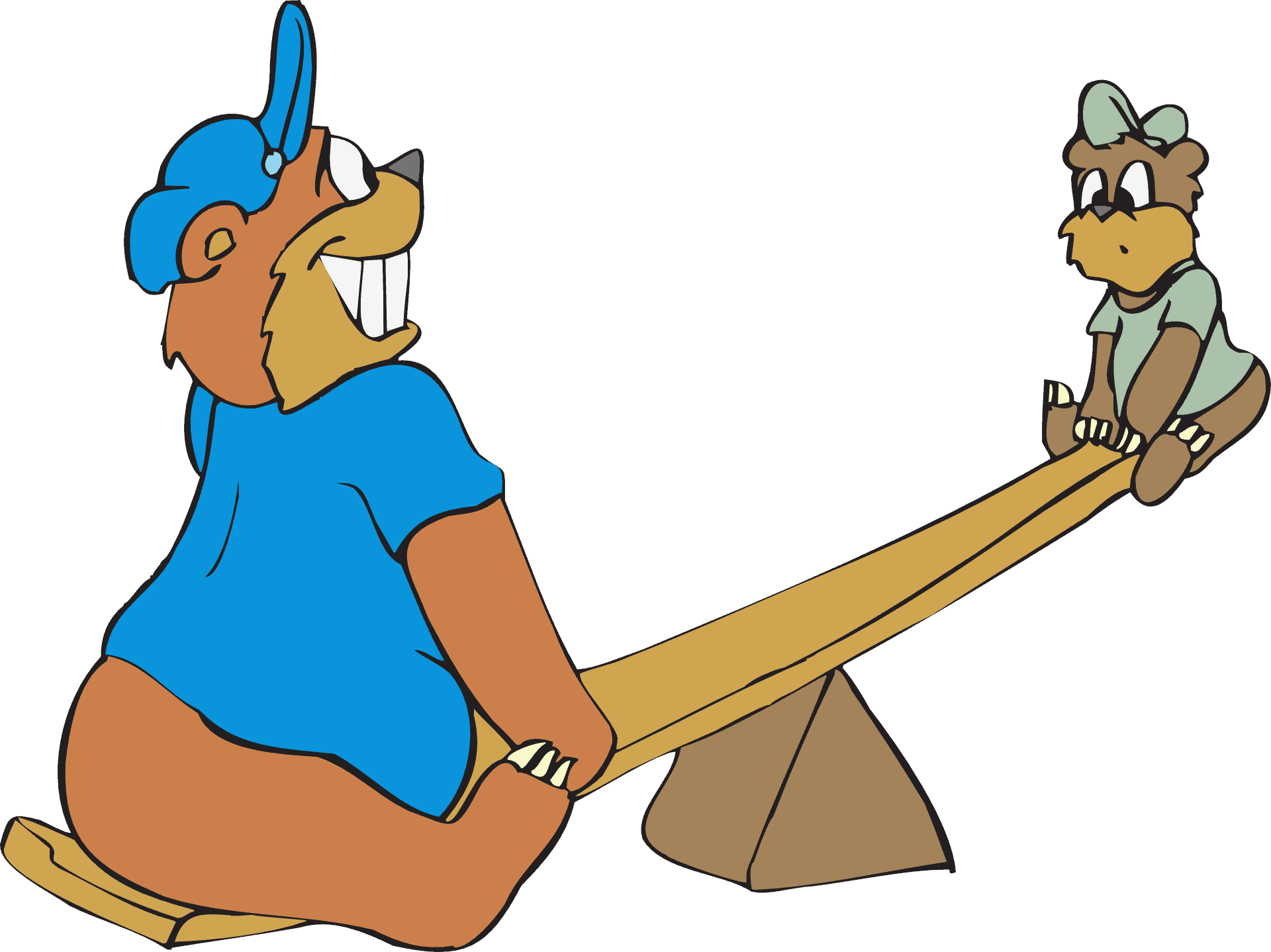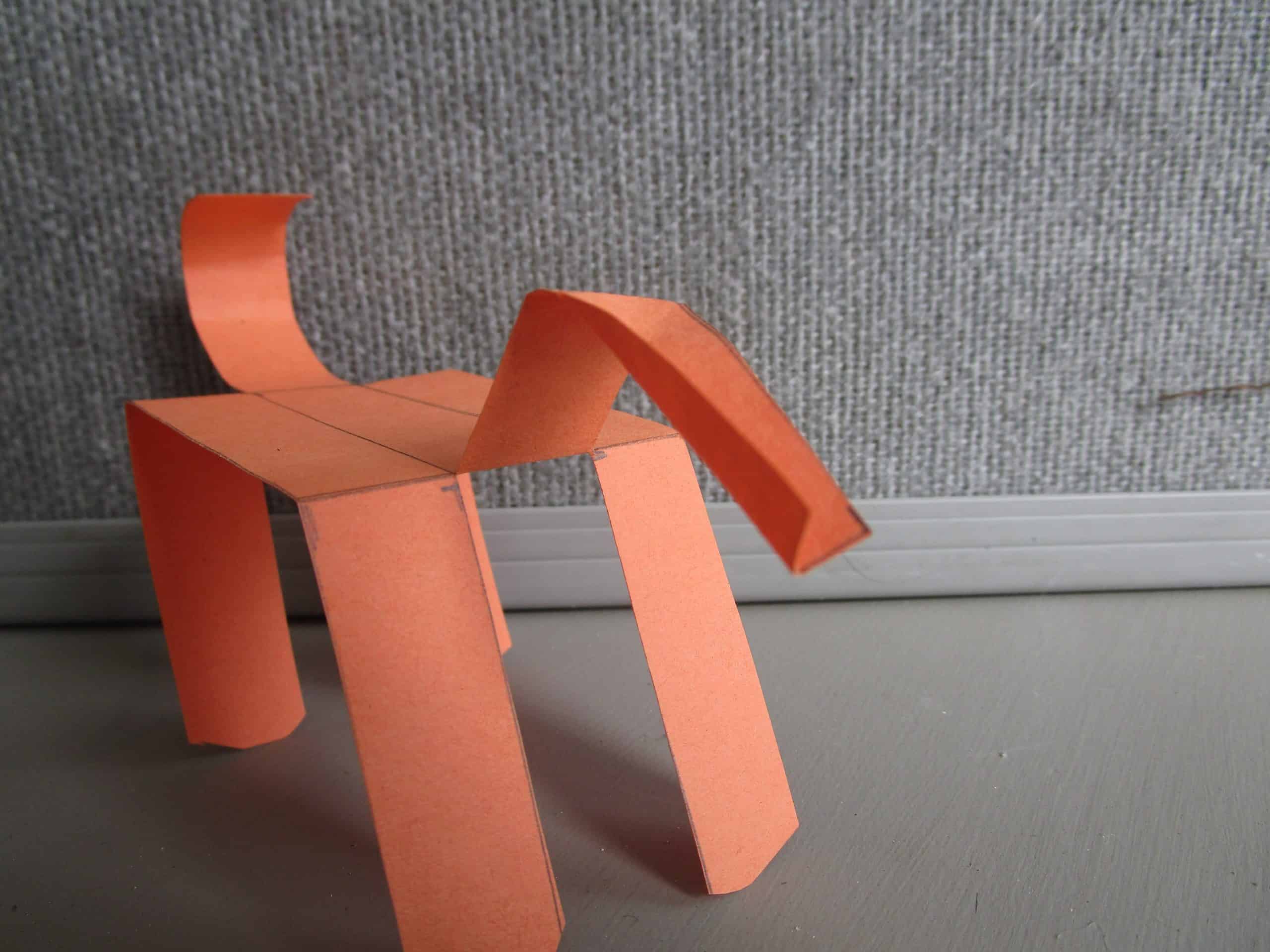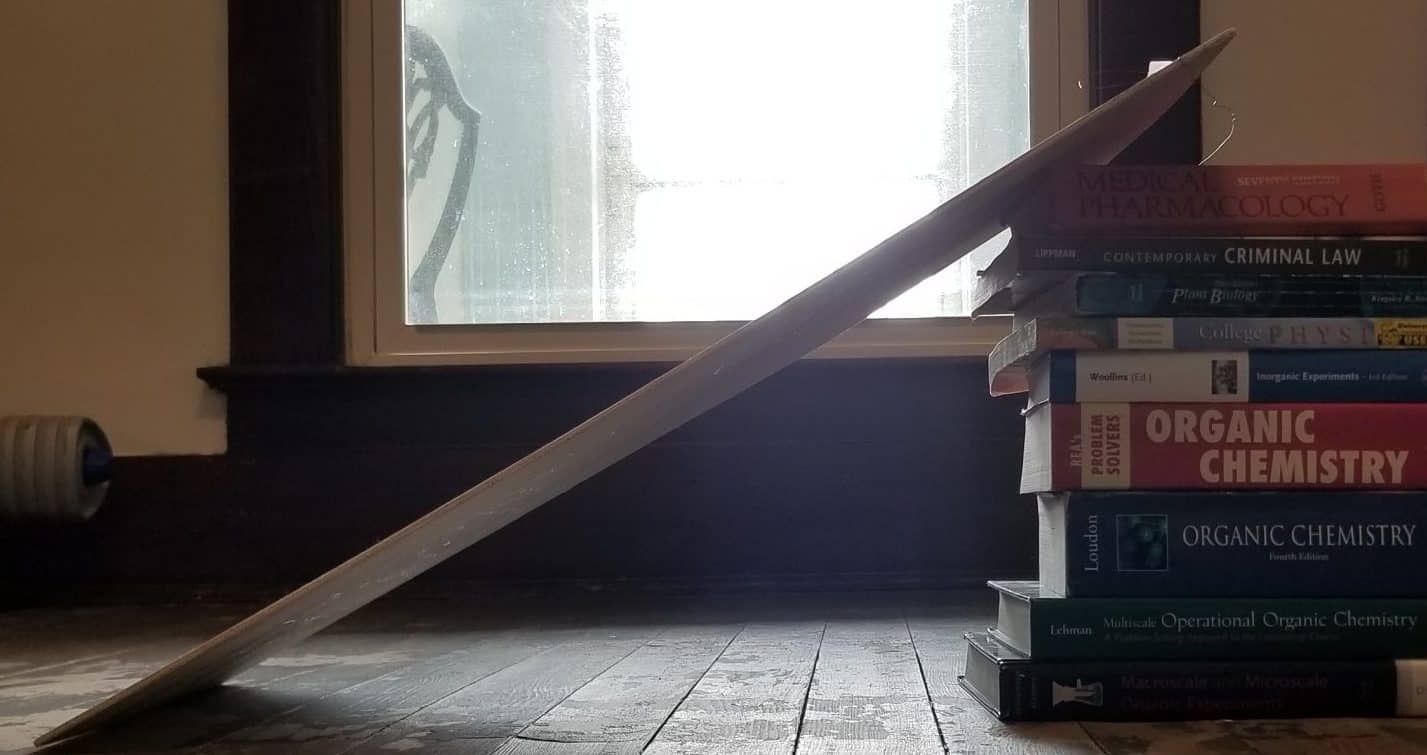It’s 10pm on a Tuesday and suddenly you remember you need an activity for the local group get together. When you look around you realise you have enough to make slime, but a different mom did that last week so you want to do something different.
Pull out the construction paper, pencils, rulers, scissors, and some things to make a quick ramp out of. Nothing fancy, but with these few thrown together art supplies we can craft a frugal, versatile, and very easy STEM activity that is sure to be a hit without being overly done by every small group.
Meet the walking paper horse.
With making this, you can experiment with different elements for many variations on the same craft. And, you can even use it to teach 5 different elements of math and science.
Physics is the foundation.
To balance any object, like the horse is balanced on it’s thin paper feet without falling on it’s tail or head, we need to find the centre of mass. Like a see-saw, mass moves about a centre point. However, a see-saw works on a geometric centre – or equidistant from either side.

But as any kid knows, if your big brother or sister jumps onto the other side, you can get a quick ride to the top.
The center of mass of an object would be if you moved that pivot point to where the weight on all sides is balanced.
This is like balancing a fork on a toothpick.
If the toothpick was a longer stick, the center of mass would be off far enough to cause the forks would fall to the ground.
Momentum plays a role in keeping the horse rocking back and forth. That’s right, Newton’s Second Law is at it again.
Despite us talking about balance just a moment ago, we also need to look at how the horse is unbalanced. As well as placing the horses on a ramp, we cut the hooves with a slight curve so that the horse could be unbalanced and rock side to side. As it does so, it accelerates. This acceleration depends upon the mass of the horse. Construction paper doesn’t have much mass, so the horses won’t travel very far.
Do you think it would work better with a heavier paper or lighter paper? Give it an experimental try and leave your results in the comments!
Friction plays a role in the horse walking down the ramp because it gives the hooves something to grip as it travels. Too slick of a surface, and it slides down instead of walking. Too rough of a surface and it can’t get enough momentum.
This is another place where you can definitely experiment. Does the hoof shape make a difference? What surface type works the best? Does the angle of the ramp cause a huge impact? If you do any experiments, put your results in the comments!
Math (or really geometry) is key.
Geometry of the feet really makes a difference. We experimented only a little to see if straight, angular, and curved made more of a difference. We highly encourage students making this experiment to see if it makes a difference in the speed and balance of the horse. We know it did for us!
Why?
The way the horse moves is to rock from left to right as it moves forward down the ramp. How it rocks depends on the foot shape. The more angular the foot, the less it rocks back and forth smoothly. The straighter across, the less momentum the horse can build. And, the deeper the roundedness… the less balance the horse had.
It gets more intricate than that!
It seemed that the best hoof shape depended on the type of paper you use, the ramp angle, and the frictional surface you use. Clearly there is lots of room for experimentation here.
 And get more free resources from our library while you’re at it.
And get more free resources from our library while you’re at it.
Get the written lab and template for the horse, along with dozens of other hands on science resources in the Resource Library for free. Each lab has a several experiment ideas built off it to give you many opportunities to keep building skills and different ways to use the same science or activity for multiple things.
Engineering the Ramp
The last element of the horse run is, well, the run. The horses will need something to “run” on, and that is the ramp that we’ve mentioned a couple times already. This ramp will not only provide the foundation for friction, but also the little “push” from gravity to help get the horse rocking.
The trick is to make the ramp angle high enough to provide a good start for the horse, without being too steep for the horse too unbalanced and topple from.

You can use this as an opportunity to talk about wedges, triangles, and angles. The slope is particularly important though. A high slope helps teeter the horse off balance and on it’s way. The horse will be off balance and topple completely over if the slope is too steep. The more knowledge you have to lift up the slope, the faster the horse can go. But too fast is a disaster waiting to happen as the horse can fall forward on it’s face.
Of course, it’s up for experimentation how steep of a slope you can make to make the fastest horse.
